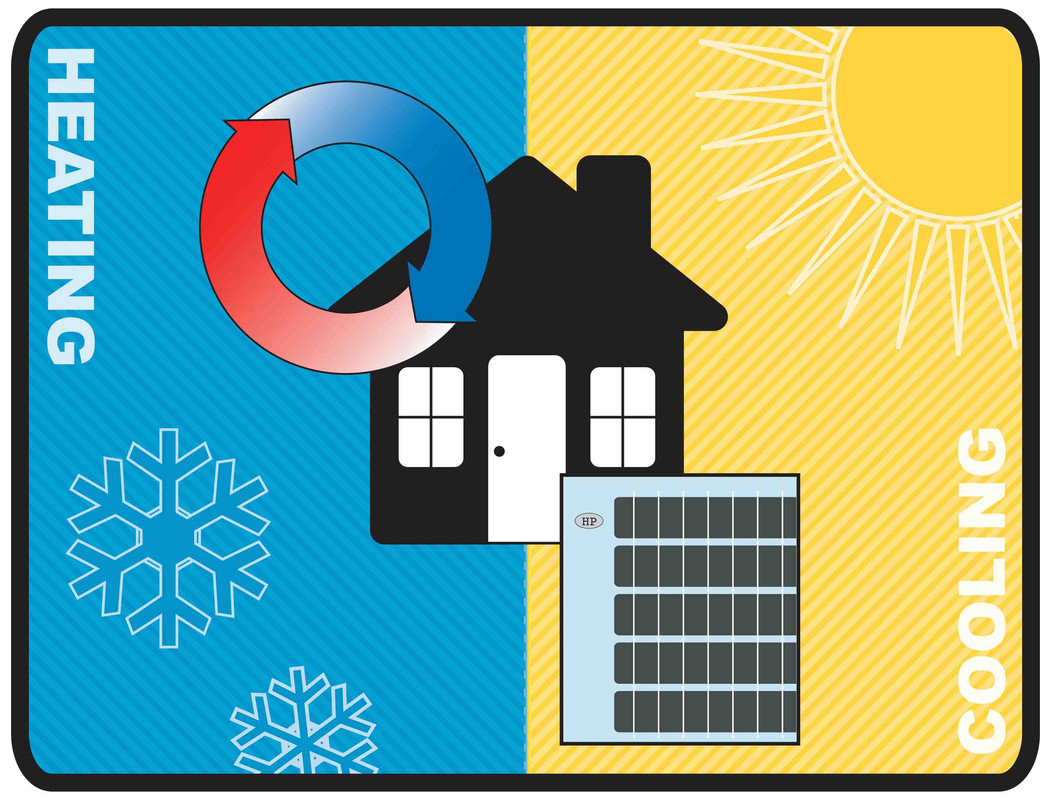
Do not let your A/C blow your money away. Utilize these suggestions and pay less to cool your home this summer season.
Running the air conditioning can make an electrical power bill skyrocket, however the option isn't quite, either. Luckily, there are a few methods that you can help your a/c unit run better and save you cash as the summer season development.
Given up cooling the neighborhood
If your home isn't brand new, the cold air inside it is probably permeating out into the neighborhood through used door and window seals, a poorly insulated attic and other tricky fractures.
To see how well your home is holding in the cold, sign up for a house energy audit with your utility provider or a local professional. A qualified home energy rater or auditor will inspect your home for leaks and suggest the very best way to make your home more energy efficient.
Do not wish to spring for an audit? Do a mini-audit yourself. Stand outside your house and run your hand along doors and windows. Can you feel the cold air getting away? If you do, caulk around leaky windows and include insulation around doors.
Make an upgrade
If you haven't upgraded to a clever thermostat-- such as Ecobee, Lyric, Lux or Nest-- it's time to make a modification. Smart thermostats can manage heating & cooling when you're not home to conserve money. Plus, you can change the settings remotely using an app on your phone. Some even work with Amazon Alexa, Samsung SmartThings, Apple HomeKit,
Wink, Google Home and other wise home platforms. Here are the very best clever thermostats of 2017 to assist you make the finest choice for your house.
Make sure your thermostat is on the ideal wall
Thermostat placement can play a huge part in how well your air conditioning system works. If you put it on a wall right next to a hot window, for circumstances, your air conditioning unit will kick on much more often than it requires to due to the fact that it will think the space is hotter than it really is. Here's how to pick the best wall for your thermostat.
Close the blinds
A window letting in the hot sun won't just warm up your thermostat, it'll warm you up too. During the hottest part of the day, close your window blinds and keep out the sun. It can likewise help insulate your windows, which stops the cold air from getting away.
Sometimes you don't require to amp up the thermostat to feel cooler. According to the National Resource Defense Council (NRDC), utilizing a ceiling fan can make a room feel 10 degrees cooler and utilizes 10 percent of the energy of a central air conditioning conditioner.
If you wish to get high-tech, you can set up smart ceiling fans that connect to an app. You can schedule the times when these fans turn on and off, and you can manage their speed without standing on your tiptoes.
Raise the temperature level
Many individuals believe that leaving the air conditioner at the exact same temperature level when you leave the house conserves money since the A/C will not need to work as hard to recool the home. This isn't the case. NRDC senior energy policy advocate Lauren Urbanek states that the most low-cost method to utilize your a/c is to turn the thermostat up when you leave the house.
Air conditioning systems operate most effectively at complete speed throughout longer periods of time. So kicking it on a lower temperature when you get house will save you more money than the AC cycling on and off while you're away.
A programmable thermostat can make it extremely easy to keep your Air Conditioning at the right temperature level. You can set the system to work at higher temperatures while you're at work and cool off right before you get house.
Setting low is a no-go
Constantly set your thermostat to the greatest temperature you can stand to save the most money. Even a little modification in the temperature level can save you big dollars.
You can conserve 10 percent a year air conditioners edmonton alberta on your cooling bills by setting your thermostat just 10 to 15 degrees greater for eight hours every day, according to the Nebraska Energy Workplace. The United States Department of Energy advises aiming for an indoor temperature level of 78 degrees F when you're at home.